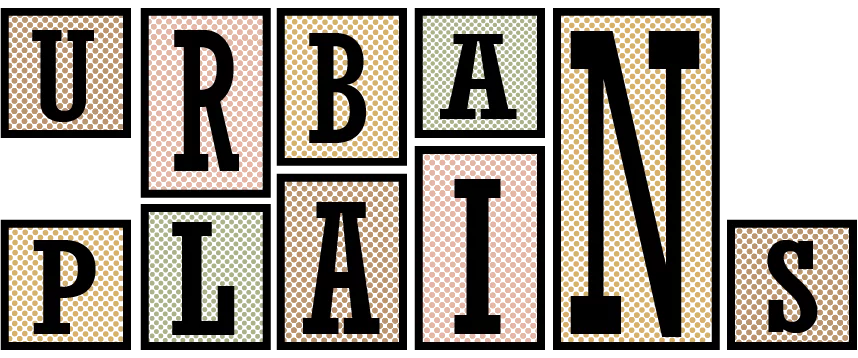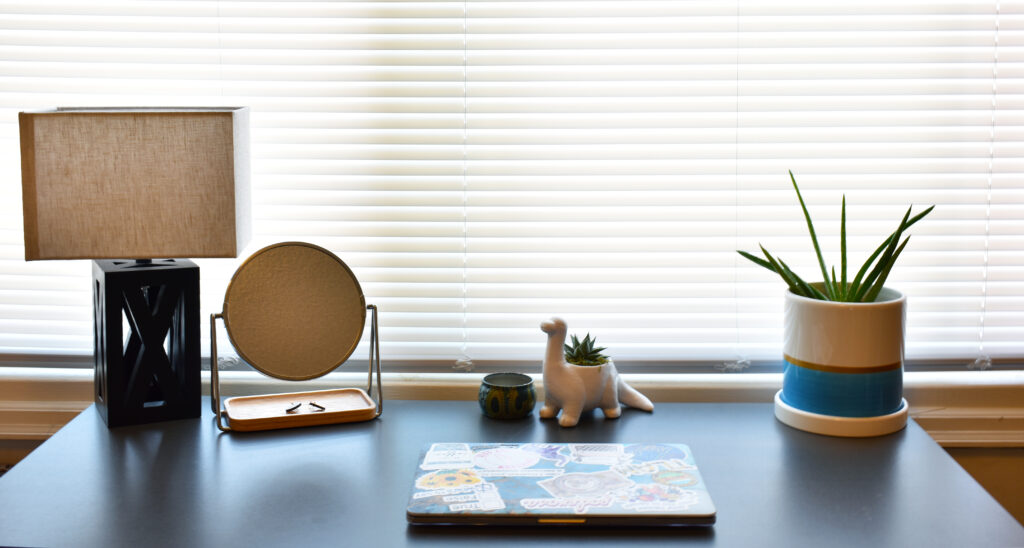
The pandemic has changed a lot about our lives—from how we go about our shopping to how we approach social interaction. Thanks to quarantine and Zoom, we are now forced to live, work, and socialize all in one space.
For me, that means existing in a shared 800-square-foot apartment with what is essentially my entire life crammed into a 9-foot by 9-foot bedroom. I have a bedroom closet the same size as the coat closet that also houses my vacuum, which means most of the items I don’t use often don’t fit inside it. My workout equipment, extra blankets and pillows, and even leftover wall decorations are scattered around the room, mostly stacked on the floor in precarious piles or in random bins I found in the dollar section. The room is so small that when I moved in, I had to choose between having a desk and having a dresser. I chose a desk and now have all of my pants, sweaters and leggings in baskets underneath my bed.
According to a 2014 LA Times article, the average U.S. household contains around 300,000 items and the size of homes has nearly tripled in the last 50 years according to NPR. This need to fill our ever-growing homes has also led to an increase in our accumulation of stuff, which in turn, has led to an uptick in the number of storage units rented in the U.S. as we clutter the spaces we live in. In fact, a 2019 Forbes article predicts that within a short time, the demand for storage units will outpace the supply. In recent years, this accumulation of objects has led to a modern-day lifestyle movement known as Minimalism, which is essentially a one-word ideology of living with less. The main philosophy behind the movement is that when you have less, you’re able to care more for the items you do have and live a life more focused on meaningful experiences.
Minimalism started as an artistic movement in New York in the 1960s, rising out of a dissatisfaction with the style of abstract expressionism. It expanded into music and sculpture, and emphasized using few materials to create basic, literal shapes. Notable artists of the minimalist art movement are Donald Judd, Frank Stella, and Carl Andre. Now, the phrase is more closely associated with the process of simplifying your life by getting rid of all (or most) of your material objects and using furniture with clean lines and no frills in order to free up your lifestyle and find peace in the things you keep.
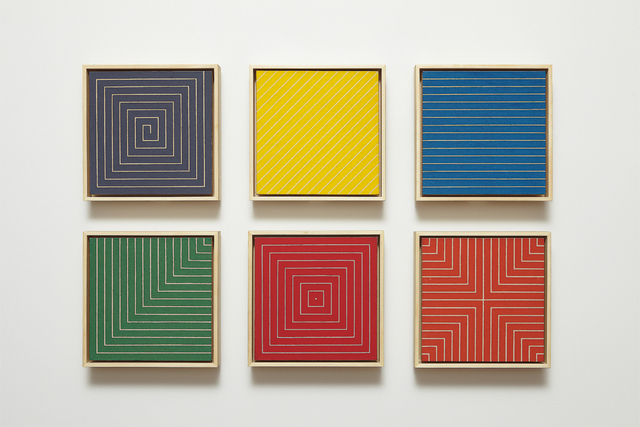
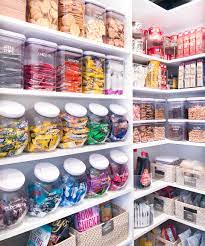
About a month ago, I got really into some Minimalist documentaries on Netflix, namely those created by two men known as The Minimalists, and had already seen all of Marie Kondo’s show, Tidying Up with Marie Kondo. I also found myself watching a show called The Home Edit, which is more or less a fancy Container Store ad, but it is oh-so-satisfying to see everything in a closet or pantry color coordinated and in plastic bins. The two women who own The Home Edit company go into peoples’ homes, including celebrities, and turn their overcrowded and disorganized closets, pantries, and living rooms into masterpieces of rainbow color coordinated areas of food, clothing, accessories, and even toys. While watching the show, I decided I want my house to be as organized as all of the houses are when the women of The Home Edit leave.
The Process
As I watched the shows, I looked around my room and saw that I had clothes piled on my desk chair and messy drawers. I had a desk surface chock-full of sticky notes, notebooks, winter gloves, and whatever else I couldn’t find a better place for. I also had a weird problem where my shoes never seemed to make it inside my closet. So at any given time, there were at least four pairs of shoes scattered around the floor, which I inevitably tripped on over and over. It was right then—standing in the middle of my chaos of shoes, school work, and not-quite-dirty-enough-to-wash clothes—that I decided to try my hand at becoming a Minimalist.
I started with research and found there are various ways to “become a Minimalist,” some more intense than others. Per their Netflix documentaries and blogs, The Minimalists, Joshua Fields Millburn and Ryan Nicodemus, primarily use two techniques to declutter their spaces. One of them is pretty hardcore and involves packing up everything you own as if you were moving. Then, over the course of a month, you unpack only what you need and throw out or donate the rest of the items. Boom, you’re a minimalist. But, if you’re like me, you don’t have time to pack up all your belongings nor do you feel a need to do that, so then what? Well, The Minimalists got you covered.
It’s called the 30-Day Minimalism Game, and this is what I used to help declutter my spaces. Essentially, at the beginning of a new month, you look through all your things and get rid of one thing on the first day of the month, two things on the second day and so on. They recommend doing it with a friend or partner, so you’re held accountable.
I started with my nightstand and desk drawers. I opened every drawer that stressed me out and took every item out of each drawer. I pulled out receipts (some were from last year!), important documents, laptop adapters, and anything else I came across. I laid it all out on a flat surface and started sorting. I got rid of most of my receipts, sorted my documents and put everything I was keeping back in the drawer in an organized way.
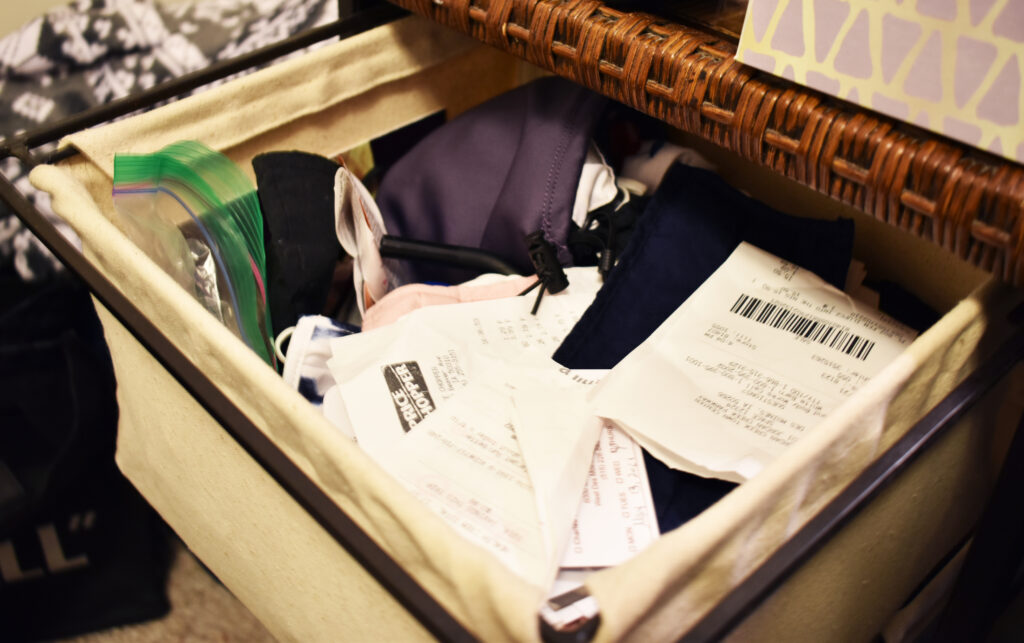
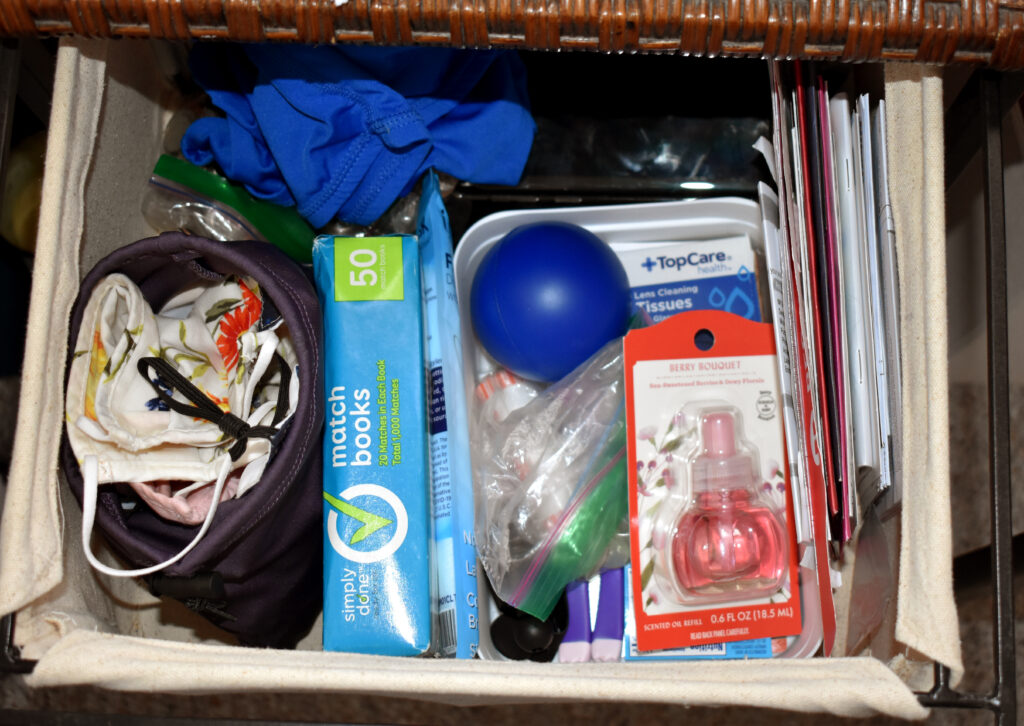
Then I moved to my closet, a truly daunting task. I had wondered before if I actually had too many pieces of clothing or if I just had an extremely small closet. Now, I believe both are true. I went through each type of clothing and separated out pieces I hadn’t worn in a while or didn’t like much anymore. It took awhile and included me debating with myself (out loud) if I should or shouldn’t keep a t-shirt or pair of pants and putting pieces in the “to donate” pile only to pull them right back out again. I even took pictures of myself wearing some of the items and sent them to my friends to see if I should keep them or not. For instance, I just had to know if an olive green romper I own made me look like a forest ranger. I ended up keeping the romper after they all insisted I did not, in fact, look like a forest ranger. I repeated the process with my absurd number of shoes and was able to get rid of a couple pairs that no longer work for me, but will hopefully work for someone else.
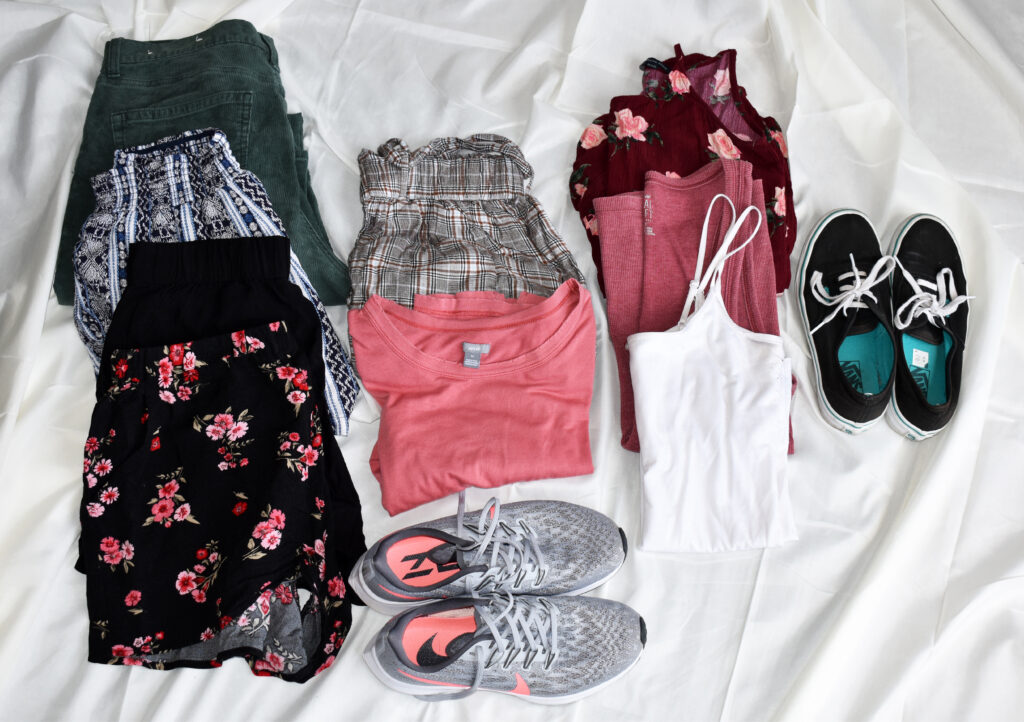
I then went to my bathroom drawer and threw out expired sunscreens and makeup, and any other unused items. I replaced everything in the drawer in an organized way using bins so I could see everything I have, something Marie Kondo mentions frequently in her show and book.
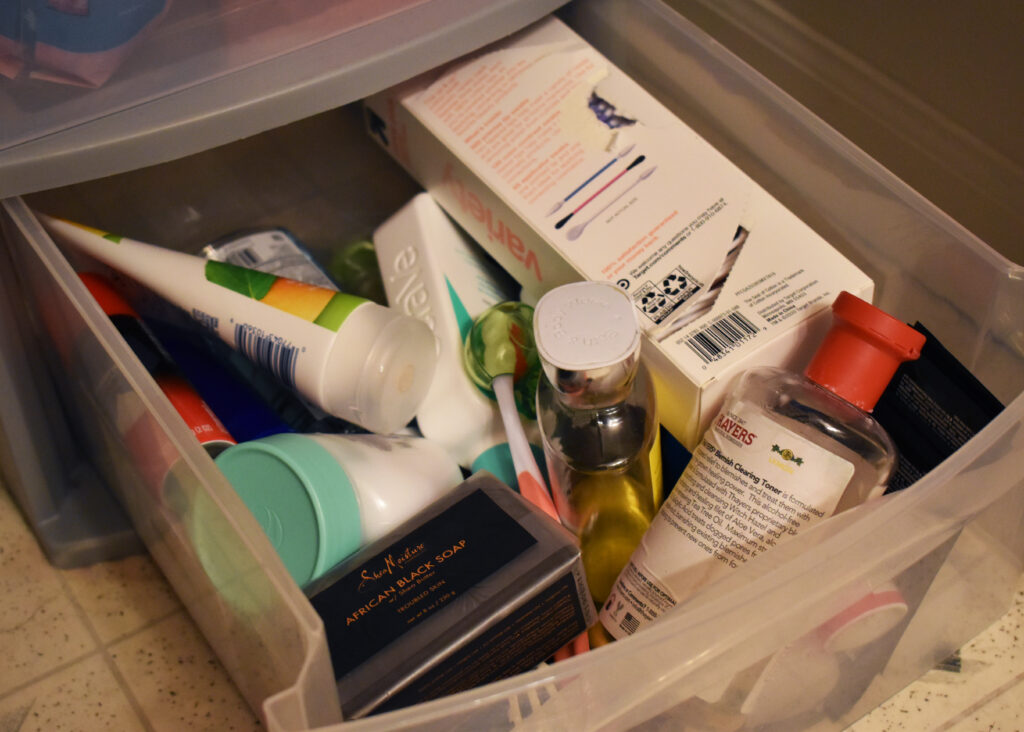
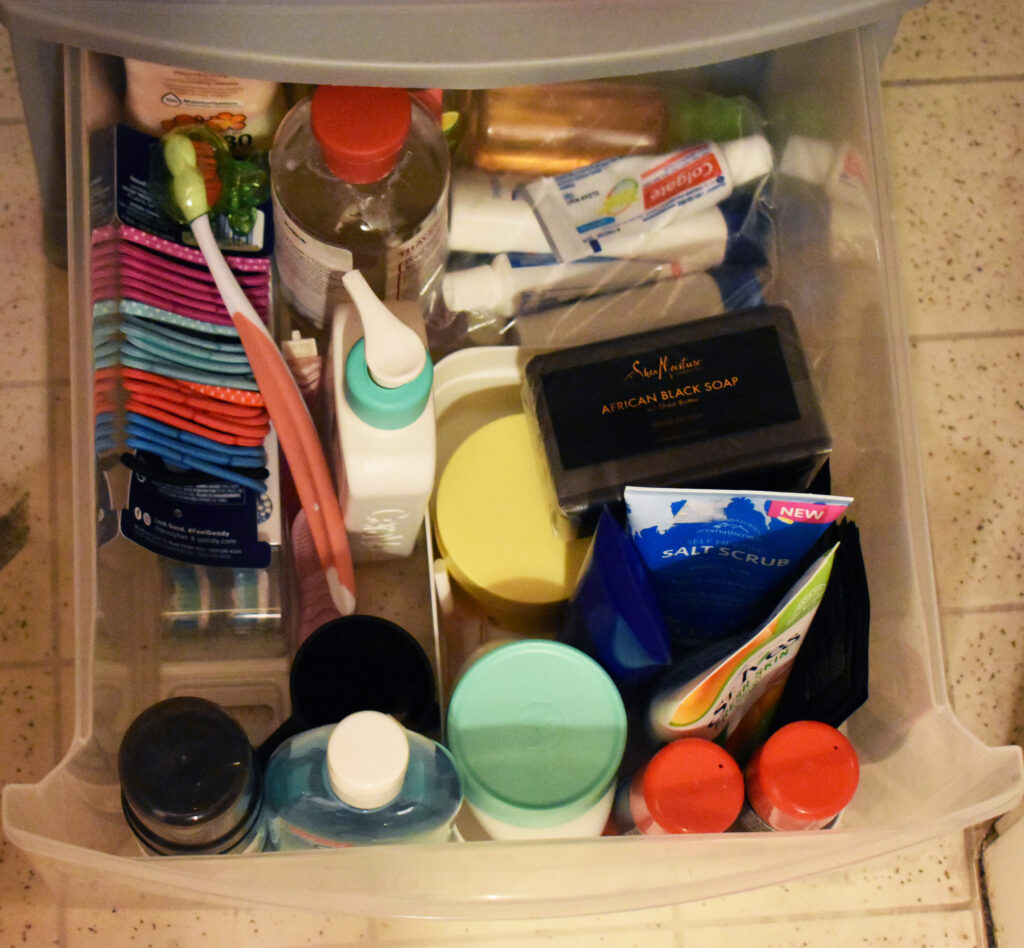
I even went into the common living room I share with a roommate and reorganized our cubbies, also known as “the place where everything gets dumped.” I took out textbooks, keychains, extra masks, and anything else I came across. I wiped it down with Clorox wipes and put things back in a way that was more balanced and cleaner looking. This final clean concluded my month-long attempt at simplifying my life and adopting the ways of the minimalist lifestyle. So how did I do?
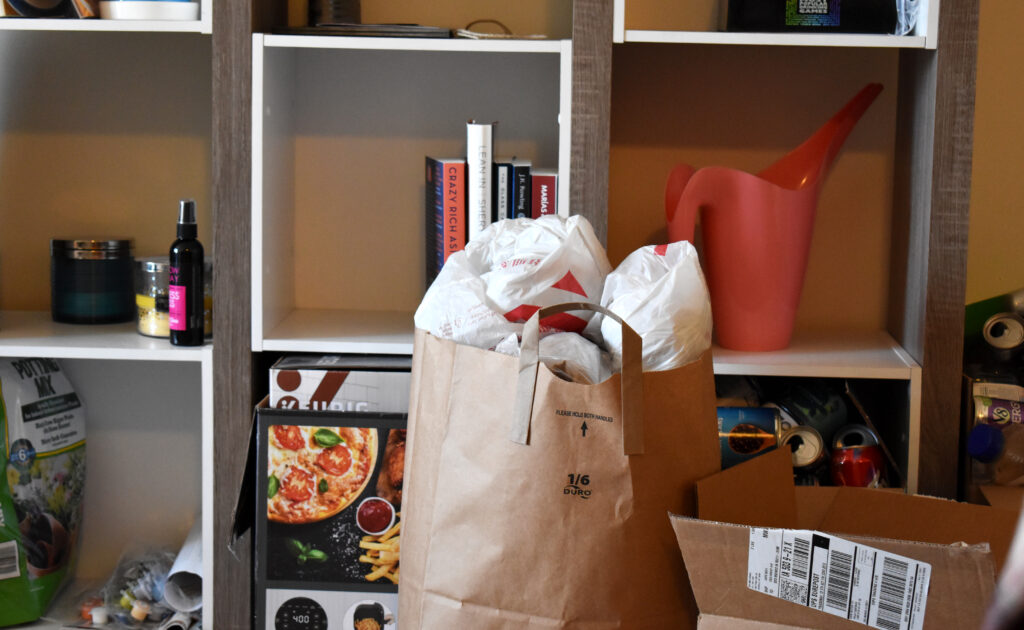
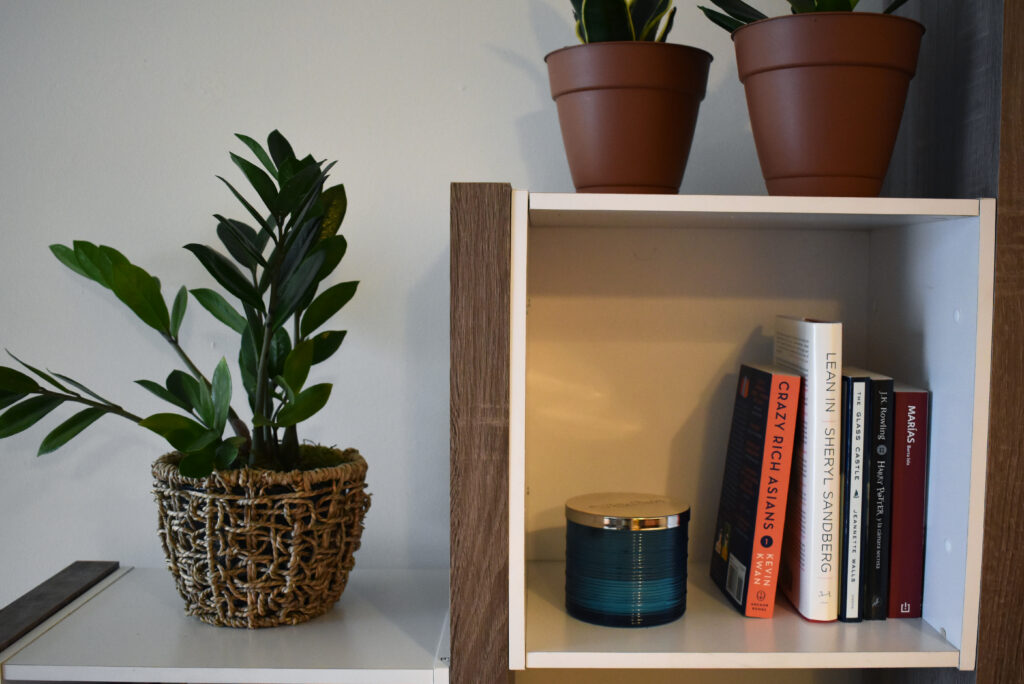
The Results
If I’m being honest, I did not follow the 30-Day Minimalism Game to a T. I got busy and forgot to continue going through things a few times over the month and I probably did not get rid of as much as I could have, but I definitely feel as though my space is more open and comfortable.
I threw out plenty of old receipts and unused items, including cards or things I just didn’t find useful anymore. When it came to my clothes, I used the Marie Kondo, “Does it spark joy?” method and found that I was able to donate a fair amount of clothing from every season without hurting too badly. My tiny closet thanked me for it.
All in all, while I am by no means a true minimalist (and might never be), I found that I enjoy seeing fewer things on my surfaces. Purging items from every part of your physical life can be very freeing and beneficial! Seeing the space I have instead of filling the space I am allotted allowed me to feel more calm and comfortable when I am using that space to study, watch television, or hang out with friends, whether on Zoom or in-person.
Some Tips I Found Useful
- Sometimes, it wasn’t about how much I could throw out–it was about how I could put things away in a way that’s organized and lets me see everything I have. Bins of any kind make that possible. (I can usually find some cute ones in the Target dollar section.)
- If you try on a piece of clothing from your closet and you aren’t sure about it, toss it. It likely means you haven’t worn it in a while, and won’t wear it again (even if you think you will). Someone else will probably get more use out of it.
- Donate to specific, local organizations. The things you donate will go right back into your own community to help those in need.
- Clean as you go! This is a big one. We tend to only clean the areas we can most easily reach, when in reality, everything collects dust. You’ll feel so much better when your surfaces are spotless and refreshed.
A Parting Thought
Minimalism is different for everyone and it takes practice. As much as the new minimalism industry wants us to throw out everything we own, sometimes that’s just not feasible. For instance, I know that I cannot live with only two forks, so I kept more than that. You may have to be a minimalist for budgetary purposes, or you may just not like the number of things you’ve accumulated. Whatever the case, the practice of minimalism may be able to work for you. What you determine to be your form of minimalism is uniquely yours, and if it brings joy to your life, then you’ve succeeded.
